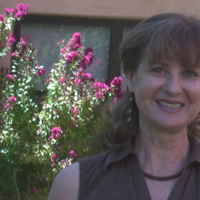- Bilingual Education, Bilingual Language Acquisition, Teaching and Learning Writing and Reading, Second Language Acquisition, Language and Literacy Development, Academic Access In Minority Populations, Bilingualism, Mentoring, Technology In Second Language Learning, Reading Strategies and Cognition, and Translanguagingedit
This article draws on data from a yearlong case study of a Mexican American ESL teacher’s practice in a K–5 school in the southeastern United States. The study examines how the teacher established bilingual interactional space in her ESL... more
This article draws on data from a yearlong case study of a Mexican American ESL teacher’s practice in a K–5 school in the southeastern United States. The study examines how the teacher established bilingual interactional space in her ESL pullout class consisting of six 9- to 11-year old students of Mexican descent. The analysis shows the ways in which she affirmed her students’ bilingual identity and made strong connections between in-school and out-of-school experiences. Findings illustrate how the teacher’s explicit attention to bilingualism and cross-linguistic transfer created potential for pride in Spanish and motivation to develop English. The author recommends building bilingual interactional space in ESL and dual language classrooms to promote positive bilingual identity and opportunities for expanding linguistic repertoires.
Keywords: bilingualism, ESL, identity, translation, cross-linguistic transfer, linguistic repertoires
Keywords: bilingualism, ESL, identity, translation, cross-linguistic transfer, linguistic repertoires
